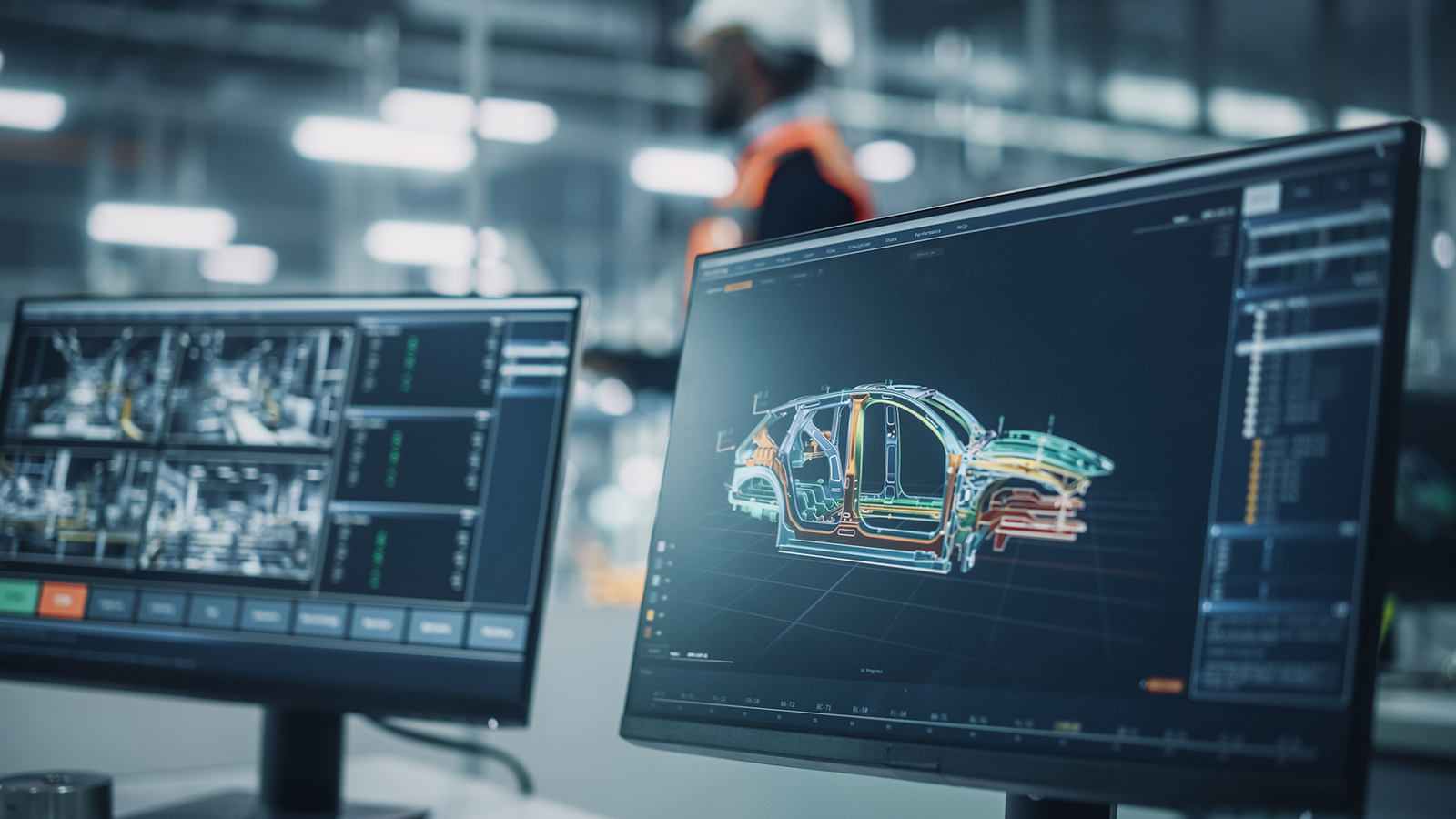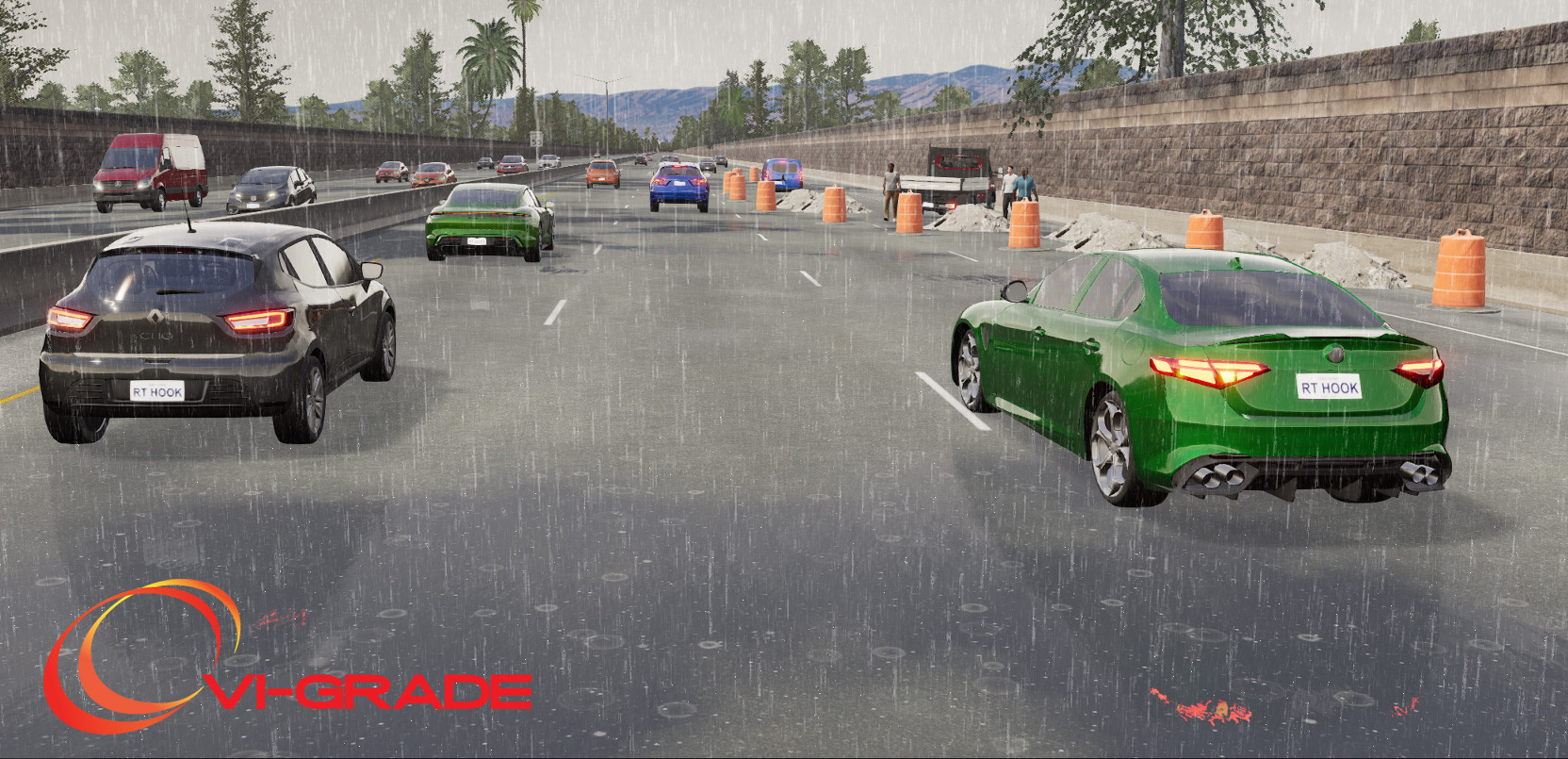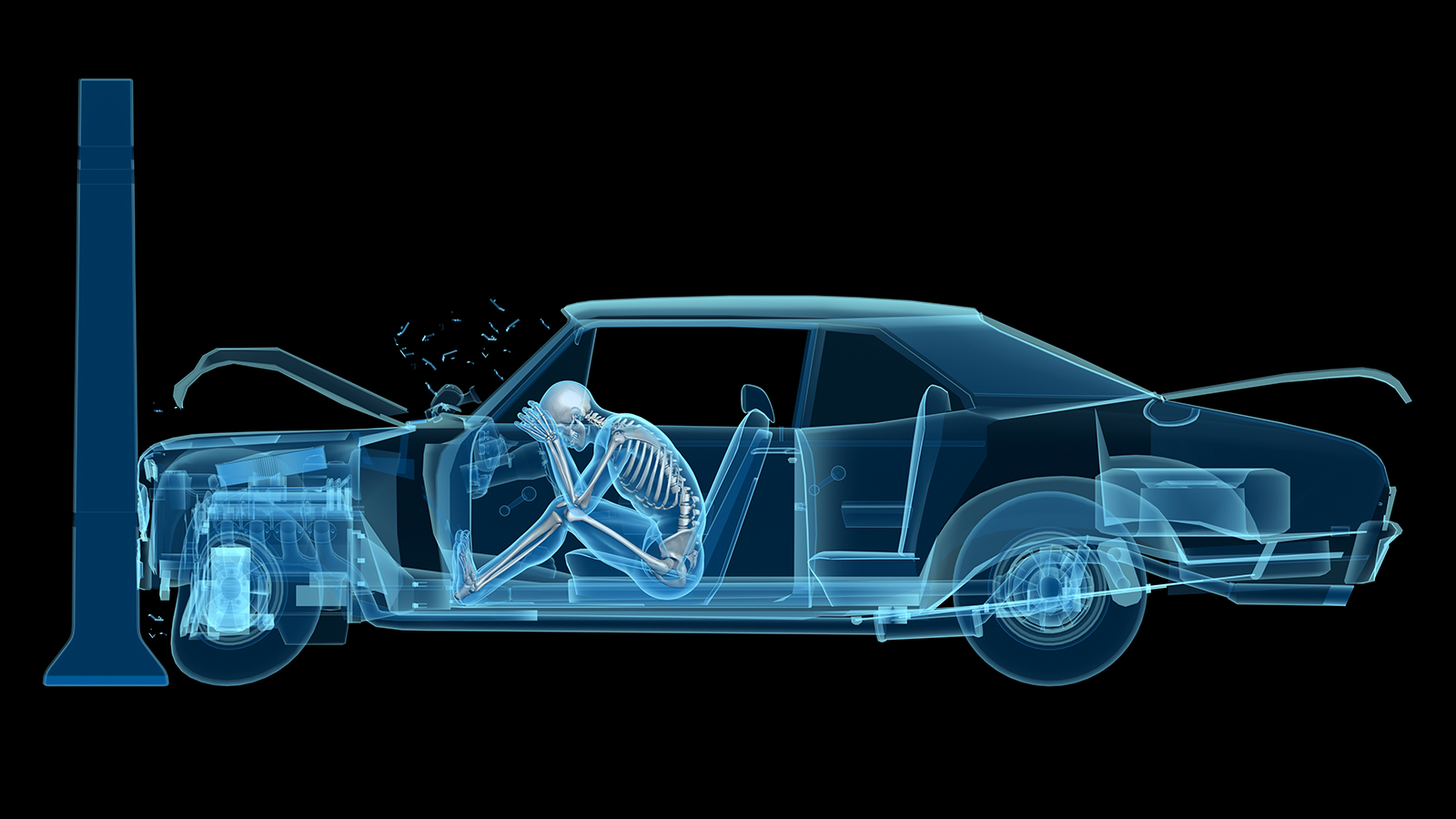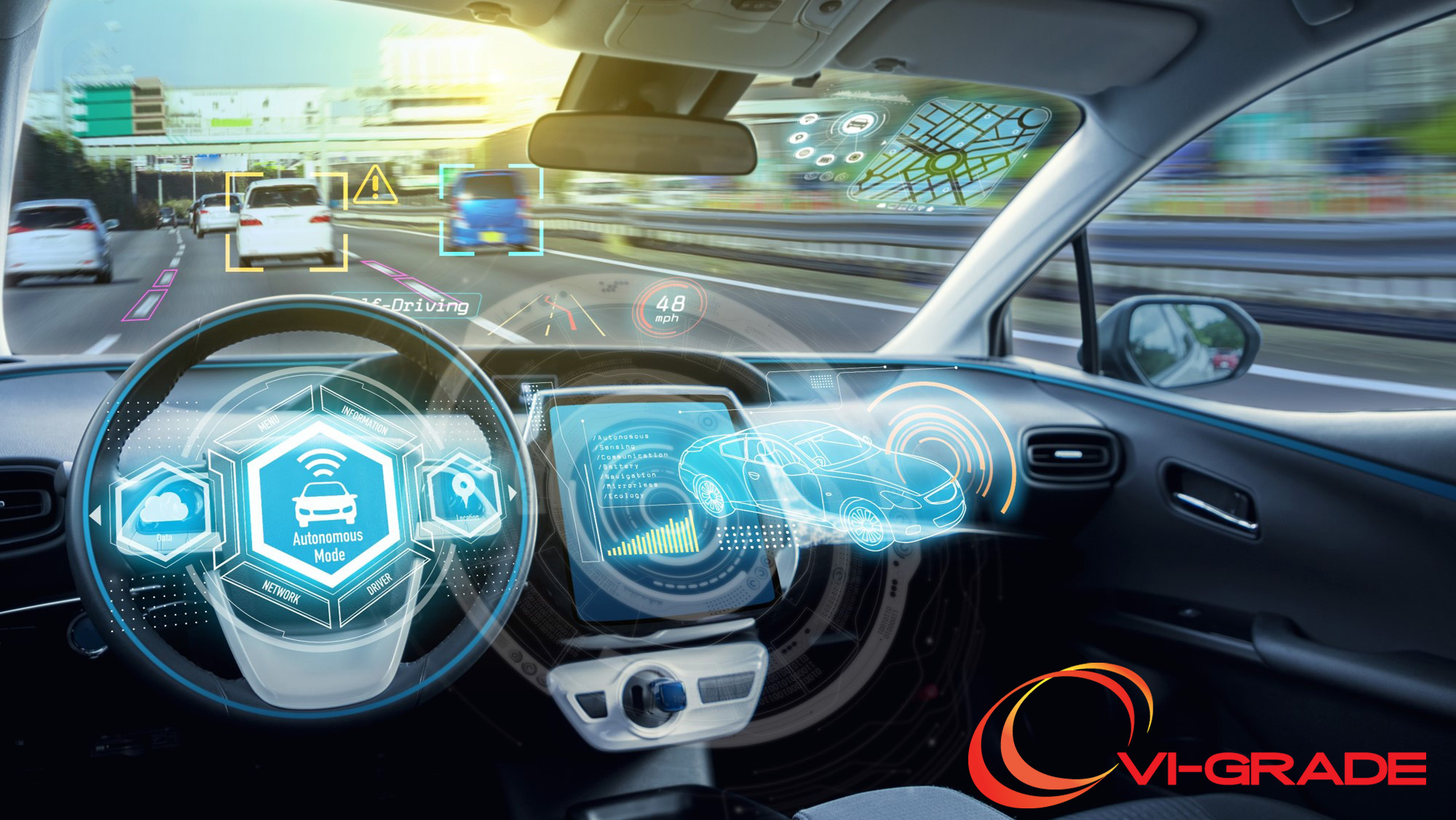Revolutionizing Vehicle Development: Engineering for the Future
Exploring the Frontier of Structural Integrity and Dynamic Performance
Through cutting-edge simulations and analytical techniques, we are experts in the structural and dynamic realms of vehicle development. Employing Finite Element Analysis (FEA), Multibody Dynamics (MBD), and a suite of specialized analyses, our focus spans from ensuring structural robustness to optimizing ride and handling. This comprehensive approach, underpinned by rigorous testing and validation, positions us to redefine the benchmarks for safety, durability, and performance in vehicle engineering. We are shaping the vehicles of tomorrow, where every component is a testament to excellence.

Structural Analysis – Subsystem and Complete Vehicle
At UpScale Mechatronics, our dedication to advancing vehicle development is exemplified through our comprehensive approach to structural analysis. We leverage our expertise in engineering and technology to examine and enhance the integrity and performance of both subsystems and complete vehicles. Through innovative simulations and analytical methods, we strive to ensure our designs not only meet but exceed the highest standards of safety, durability, and performance, embodying our commitment to excellence and innovation in automotive engineering.
Stress and Strain Analysis
We rigorously analyze and evaluate stress and strain distributions within materials subjected to real-world loads. By leveraging advanced mathematical models, we scrutinize component behavior under different stressors. This comprehensive assessment informs material selection, aiding in the optimization of subsystems and complete vehicle structures for maximum strength and durability.
FEA (Finite Element Analysis)
Employing Finite Element Analysis (FEA), we perform in-depth simulations in order to break down complex structures into finite elements. This granular approach enables precise examination of stress, strain, and deformation in subsystems and complete vehicles. FEA allows us to identify critical points, optimize material distribution, and ensure robust structural performance under various load conditions.
Modal and Buckling Analysis
Modal analysis explores natural frequencies and mode shapes, offering insights into the dynamic behavior of subsystems and complete vehicles. Concurrently, buckling analysis assesses structural stability under various loads. These simulations guide the refinement of structures, ensuring they remain resilient, stable, and capable of withstanding dynamic forces encountered during real-world operation.
Durability and Fatigue Analysis
Durability analysis involves subjecting components to prolonged stress cycles, assessing material endurance over the operational lifespan. Fatigue studies focus on predicting potential failure points due to repetitive loading. These analyses ensure that subsystems and complete vehicles are engineered to withstand extended usage, minimizing the risk of fatigue-related failures and enhancing overall structural reliability.
Crash Simulations
Beyond regulatory standards, our crash simulations employ sophisticated models to replicate real-world collision scenarios. We meticulously study impact dynamics, optimizing safety measures for both subsystems and complete vehicles. This includes evaluating structural deformation, stress propagation, and occupant protection strategies, resulting in designs that excel in crashworthiness and exceed industry safety benchmarks.
NVH (Noise, Vibration, and Harshness)
Our NVH analyses employ advanced techniques to identify and mitigate noise and vibration sources in subsystems and complete vehicles. By conducting modal analysis and studying resonance frequencies, we refine designs to minimize unwanted vibrations and noise. This meticulous approach enhances the overall driving experience, ensuring that both vehicle components and structures contribute to a quieter, smoother, and more comfortable ride.
Multibody Dynamics (MBD) Simulations
We’re passionate about pushing the boundaries of automotive performance and safety through our work in Multibody Dynamics (MBD) Simulations. Our dedication is evident in our pursuit of precision in vehicle dynamics, where every simulation and analysis is a step toward perfecting the driving experience. With a focus on the interplay between technology and engineering, we’re committed to developing vehicles that not only perform exceptionally but also resonate with the core values of innovation and reliability that define us.

Kinematics and Compliance Analysis
Kinematics and compliance analysis delves into the intricate motion and flexibility of vehicle components. Through advanced simulations, we study the movement of suspension systems, linkages, and compliance characteristics. This allows us to precisely define the kinematic behavior, ensuring accurate replication of real-world conditions. Compliance analysis aids in identifying and addressing the flexibility of components, contributing to the overall dynamic performance and safety of the vehicle.
Vehicle Ride and Handling Simulations
Our MBD simulations for vehicle ride and handling are meticulously crafted to replicate real-world driving scenarios. By leveraging complex mathematical models, we analyze the dynamic interactions between various vehicle components, such as suspension systems, tires, and steering mechanisms. This enables us to optimize parameters for ride comfort, stability, and overall handling performance, ensuring the vehicle responds predictably and efficiently under diverse driving conditions.
Vehicle Dynamics Optimization
Our commitment to excellence extends to vehicle dynamics optimization. Through MBD simulations, we meticulously refine parameters to enhance vehicle agility, responsiveness, and overall performance. By analyzing the dynamic behavior of key components such as chassis, drivetrain, and braking systems, we ensure that every vehicle embodies the pinnacle of driving dynamics, setting new standards in automotive engineering.
Suspension Optimization Studies
Our MBD simulations extend to comprehensive suspension optimization studies. By simulating the dynamic response of the suspension system to varying inputs, we refine parameters such as damping, spring rates, and geometry. This iterative process ensures optimal suspension tuning for ride comfort, road handling, and vehicle stability. These simulations guide the design enhancements needed to achieve a harmonious balance between comfort and performance, resulting in a finely tuned suspension system for the entire vehicle.

Crashworthiness Analysis
Our Crashworthiness Analysis embodies our commitment to safety and innovation. We meticulously analyze every aspect of vehicle safety, from the effectiveness of restraint systems to the resilience of vehicle structures during collisions. Our advanced simulations and crash test correlations ensure that our designs not only meet but surpass safety standards, offering maximum protection for occupants. This dedication reflects our deep-rooted belief in creating vehicles that set new benchmarks for safety and reliability in the automotive industry.
Occupant Safety and Impact Analysis
Our crashworthiness analysis integrates advanced occupant safety simulations with in-depth impact studies. Through sophisticated modeling, we assess protection mechanisms for occupants and structural integrity. Analyzing interactions between restraint systems, seat structures, and the vehicle’s interior, we optimize safety features like airbags and seatbelt systems. Detailed crash simulations recreate realistic collision scenarios, enhancing occupant safety and structural robustness under various impact conditions.
Crash Test Correlation
Validating simulation accuracy is integral to our crashworthiness analysis. We meticulously correlate simulation results with physical crash tests to ensure a high level of accuracy and reliability. This iterative process involves adjusting simulation parameters to align with real-world test outcomes. The correlation phase verifies that our simulations accurately predict the structural deformations and occupant responses observed in physical crash tests, reinforcing the robustness of our crashworthiness assessments.
Subsystems Integration
In our Subsystems Integration approach at UpScale Mechatronics, we emphasize seamless integration of Computer-Aided Engineering (CAE) outcomes into holistic vehicle design, ensuring optimal performance and compatibility. Through collaborative efforts and extensive simulations, we validate subsystem performance, enhancing efficiency and reliability. Our methodology promotes a synergistic fusion of structural, thermal, and dynamic analyses, accelerating development cycles while fostering innovation in vehicle integration.

Interdisciplinary Collaboration for Seamless Integration
At UpScale Mechatronics, interdisciplinary collaboration lies at the heart of our Subsystems Integration approach. We foster synergy between engineering disciplines, seamlessly integrating structural, electrical, and software design aspects. This collaborative environment ensures that each subsystem is intricately connected, optimizing the overall vehicle design for efficiency, reliability, and performance. By synchronizing design processes, we accelerate development cycles while maintaining a holistic approach to vehicle integration.
Collaborative Design and Analysis
Our collaborative design and analysis methodology foster synergy between subsystems. By integrating engineering disciplines, we create a collaborative environment where structural, electrical, and software design aspects converge seamlessly. This collaborative approach ensures that each subsystem is intricately connected, optimizing the overall vehicle design for efficiency, reliability, and performance. This iterative and synchronized design process accelerates development cycles while maintaining a holistic approach to vehicle integration.
Integration of CAE Results with Design
Our approach to subsystems integration involves seamlessly incorporating CAE results into the design process. Utilizing a collaborative platform, we integrate structural, thermal, and dynamic analysis outcomes. This ensures a unified understanding of subsystem behavior, guiding design modifications for optimal performance and compatibility within the overall vehicle architecture.
Performance Validation through Simulations
Performance validation is conducted through extensive simulations, allowing us to assess the integrated subsystems under varied operational conditions. Using virtual prototypes, we validate the performance of interconnected components, refining designs based on simulation results. This iterative process ensures that integrated subsystems meet stringent performance criteria before physical implementation, reducing development cycles and enhancing overall system efficiency.

Optimization Studies
Our optimization studies epitomizes our dedication to engineering excellence. Here, we intricately refine vehicle design to achieve peak performance and efficiency. Through advanced algorithms and meticulous analyses, we optimize structural integrity and system efficiency. Our parameter sensitivity analysis identifies critical performance factors, guiding informed decision-making. Meanwhile, our trade-off studies ensure a harmonious balance between efficiency, safety, and functionality.
Iterative Design Optimization and Parameter Sensitivity Analysis
Our optimization approach integrates design optimization with parameter sensitivity analysis. Through iterative processes and advanced simulations, we refine vehicle attributes. We adjust design parameters and conduct sensitivity analyses to optimize aerodynamics, structural integrity, and system efficiency. This approach ensures that each modification enhances overall vehicle performance, guided by insights into critical factors.
Trade-off Studies for Vehicle Attributes
Trade-off studies involve a meticulous balancing act between conflicting design criteria. By systematically exploring the relationships between attributes such as weight, cost, and performance, we optimize designs to strike a harmonious balance. These studies inform decision-making processes, guiding the engineering team to make trade-offs that align with project goals and result in a well-rounded vehicle design that meets diverse criteria.
Model Validation and Calibration
At UpScale Mechatronics, our Model Validation and Calibration process is integral to our design philosophy. We conduct rigorous experimental validations and calibrations, ensuring our simulations mirror real-world performance accurately. This meticulous approach, rooted in iterative design improvements and feedback loops, underscores our dedication to reliability and precision in vehicle engineering, driving the evolution of our models to new heights of predictive power and accuracy.

Integrated Approach to Experimental Validation and Calibration
At UpScale Mechatronics, our Model Validation and Calibration process integrates rigorous experimental validation with fine-tuning simulation models. We conduct meticulous physical tests to validate simulation results, ensuring alignment with real-world performance. Using empirical data, we calibrate simulation models, adjusting parameters and assumptions to match observed outcomes. This integrated approach, rooted in iterative design improvements and feedback loops, enhances the accuracy and reliability of our models. By continuously refining simulations based on validation feedback, we drive the evolution of our models to new heights of predictive power and accuracy.
Iterative Design Improvements based on Validation
Our design process is inherently iterative, with each cycle informed by validation feedback. Physical tests validate simulation results, providing insights into areas requiring improvement. Iterative design enhancements, based on this validation feedback, refine the model and its assumptions. This continuous improvement loop ensures that the simulation model evolves in tandem with the real-world system, enhancing its reliability and predictive power over successive iterations.

Real-time Simulation
Our Real-time Simulation capabilities at UpScale Mechatronics harness Hardware-in-the-loop (HIL) and advanced dynamic modeling to ensure that our vehicle designs perform optimally under real-world conditions. This approach allows for immediate insights and adjustments, enhancing vehicle handling, stability, and integration of control systems. Through interactive simulations, we validate designs in real-time, fostering innovation and precision in automotive engineering.
Hardware-in-the-loop (HIL) Simulations
Hardware-in-the-loop (HIL) simulations bridge the gap between virtual and physical components. Our rigorous testing environment integrates actual hardware components with simulated elements in real time. This approach enables comprehensive validation of control systems, ensuring seamless interaction between software and hardware. HIL simulations provide a dynamic testing platform for evaluating the performance and responsiveness of embedded systems within the context of the entire vehicle.
Real-time Vehicle Dynamics Simulations
Real-time vehicle dynamics simulations offer a dynamic analysis of a vehicle’s behavior under various conditions. Leveraging sophisticated mathematical models, these simulations provide immediate insights into the dynamic response of the vehicle. This real-time analysis aids in optimizing vehicle handling, stability, and overall performance. Engineers can interactively explore and refine designs, ensuring that the virtual representation closely mirrors the behavior observed in real-world scenarios.
Interactive Simulation for Design Validation
Interactive simulations play a pivotal role in design validation, offering engineers a real-time platform to assess and refine designs. This dynamic environment allows for on-the-fly adjustments and immediate feedback. Engineers can interactively explore different design iterations, ensuring that the virtual prototypes meet performance criteria. Interactive simulations accelerate the design validation process, fostering rapid iteration and refinement cycles.
Integration with Control Systems in Real Time
Our real-time simulations seamlessly integrate with control systems, providing a dynamic testing ground for evaluating system responses. This integration ensures that control algorithms and embedded systems operate in real time, mirroring their behavior within the actual vehicle. By assessing the interaction of control systems with the simulated environment, engineers can validate and optimize the performance of embedded systems in real-world scenarios.
Embark on a Safe Journey with Us
Let’s navigate through the complexities of functional safety together, ensuring that your projects are not just safe and compliant but also exemplary in their quality and reliability. Connect with us and explore a pathway where safety meets confidence.
